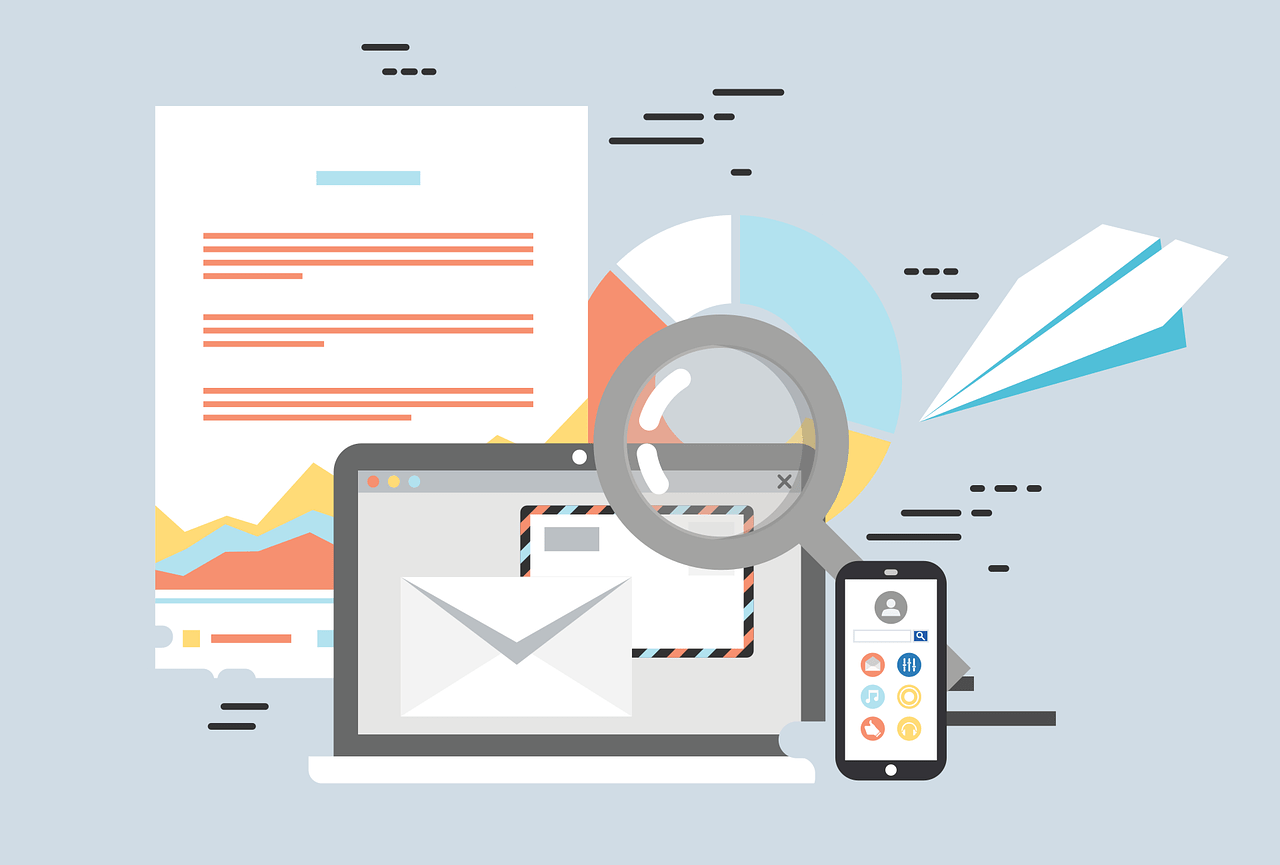User engagement is a critical metric that can make or break your web software. Whether you’re developing a SaaS product, an e-commerce platform, or a content-heavy website, keeping users engaged is essential for success. Enter the Engagement Flywheel—a concept that, when properly implemented, can transform casual users into dedicated advocates of your software.
What is the Engagement Flywheel?
The Engagement Flywheel is a continuous cycle of user interaction and satisfaction that propels itself forward. Unlike a traditional funnel, which focuses on converting users through a linear process, the flywheel emphasises ongoing user satisfaction and engagement, leading to organic growth and sustained success. The flywheel comprises three key phases: Attract, Engage, and Delight.
Phase 1: Attract
Attracting users is the first step in the flywheel. This involves creating a compelling reason for potential users to discover and visit your web software. According to a 2023 study by HubSpot, companies that prioritise content marketing see six times higher conversion rates than those that don’t. This statistic underscores the importance of drawing in potential users with valuable, relevant content.
Strategies for Attraction:
- Content Marketing: Develop valuable, relevant content that addresses the pain points and interests of your target audience. Blog posts, whitepapers, and videos can drive organic traffic. According to the Content Marketing Institute, 72% of marketers say that content marketing increases engagement, and 68% say it increases lead generation.
- SEO Optimisation: Ensure your content is optimised for search engines. Use relevant keywords, meta descriptions, and backlinks to improve your search engine rankings. A report by BrightEdge shows that 53% of all trackable website traffic comes from organic search, highlighting the critical role of SEO in attracting users.
- Social Media Engagement: Leverage social media platforms to share your content, engage with potential users, and build a community around your brand. Hootsuite’s 2023 Digital Report states that 54% of social browsers use social media to research products, demonstrating its importance in attracting new users.
- Partnerships and Influencer Marketing: Collaborate with influencers and industry partners to reach a broader audience and attract more users to your platform. According to Influencer Marketing Hub, businesses earn $5.20 for every $1 spent on influencer marketing, making it a cost-effective strategy for user attraction.
Phase 2: Engage
Once users are attracted to your software, the next step is to engage them. This involves creating an intuitive and enjoyable user experience that encourages users to interact with your platform regularly. Research from Gallup indicates that fully engaged customers represent a 23% premium in terms of share of wallet, profitability, revenue, and relationship growth compared to the average customer.
Strategies for Engagement:
- User-Centric Design: Ensure your web software is easy to navigate and visually appealing. Conduct usability testing to identify and fix any user experience issues. According to Forrester, a well-designed user interface could increase your website’s conversion rate by up to 200%, and a better UX design could yield conversion rates up to 400%.
- Personalisation: Use data to personalise the user experience. Tailored content, product recommendations, and personalised emails can significantly enhance user engagement. A study by Epsilon found that 80% of consumers are more likely to make a purchase when brands offer personalised experiences.
- Interactive Features: Implement interactive elements such as chatbots, forums, and gamification to keep users engaged. Interactive features can provide immediate value and create a sense of community. According to a survey by PWC, 82% of customers want more human interaction and are willing to spend more with companies that provide a great customer experience.
- Onboarding Process: Design an effective onboarding process to help new users understand how to use your software. Tutorials, guides, and customer support can make the transition smoother and more engaging. Wyzowl reports that 63% of customers say the onboarding process is crucial in deciding whether to keep a subscription.
Phase 3: Delight
Delighting users is about exceeding their expectations and creating memorable experiences that encourage them to continue using your software and share it with others. A study by Bain & Company found that customers who had the best past experiences spend 140% more compared to those who had the poorest past experiences.
Strategies for Delight:
- Exceptional Customer Support: Provide timely and helpful customer support. Users who feel supported are more likely to remain loyal to your platform. According to Microsoft, 96% of consumers say customer service is important in their choice of loyalty to a brand.
- Continuous Improvement: Regularly update your software with new features and improvements based on user feedback. Show users that you value their input and are committed to enhancing their experience. Gartner reports that companies which actively engage in user feedback can expect to see a 25% increase in customer retention rates.
- Reward Programs: Implement reward programs such as loyalty points, discounts, or exclusive access to new features. Rewards can incentivise continued engagement and foster a sense of appreciation. A study by Bond Brand Loyalty found that 71% of consumers who are members of loyalty programs say membership is a meaningful part of their brand relationships.
- Community Building: Foster a sense of community among your users. Encourage them to share their experiences, provide feedback, and help each other. A strong community can create a sense of belonging and loyalty. According to a survey by Vanilla Forums, 72% of customers say that they would spend more with a brand that engages with them meaningfully through a community.
Measuring and Optimising the Flywheel
To ensure the Engagement Flywheel is working effectively, it’s crucial to measure and optimise your strategies continuously. Use analytics tools to track user behaviour, engagement metrics, and satisfaction levels. A/B testing can help identify which tactics are most effective, and regular feedback loops can provide insights into areas for improvement. According to McKinsey, companies that leverage customer behaviour insights outperform peers by 85% in sales growth and more than 25% in gross margin.
Conclusion
The Engagement Flywheel offers a holistic approach to boosting user engagement with your web software. By attracting the right audience, engaging them through exceptional user experiences, and delighting them with continuous value, you can create a self-sustaining cycle of growth and success. Implementing the flywheel requires a commitment to understanding your users and continually enhancing their experience, but the rewards—a loyal user base, organic growth, and a thriving community—are well worth the effort. Start spinning your Engagement Flywheel today and watch your user engagement soar.




